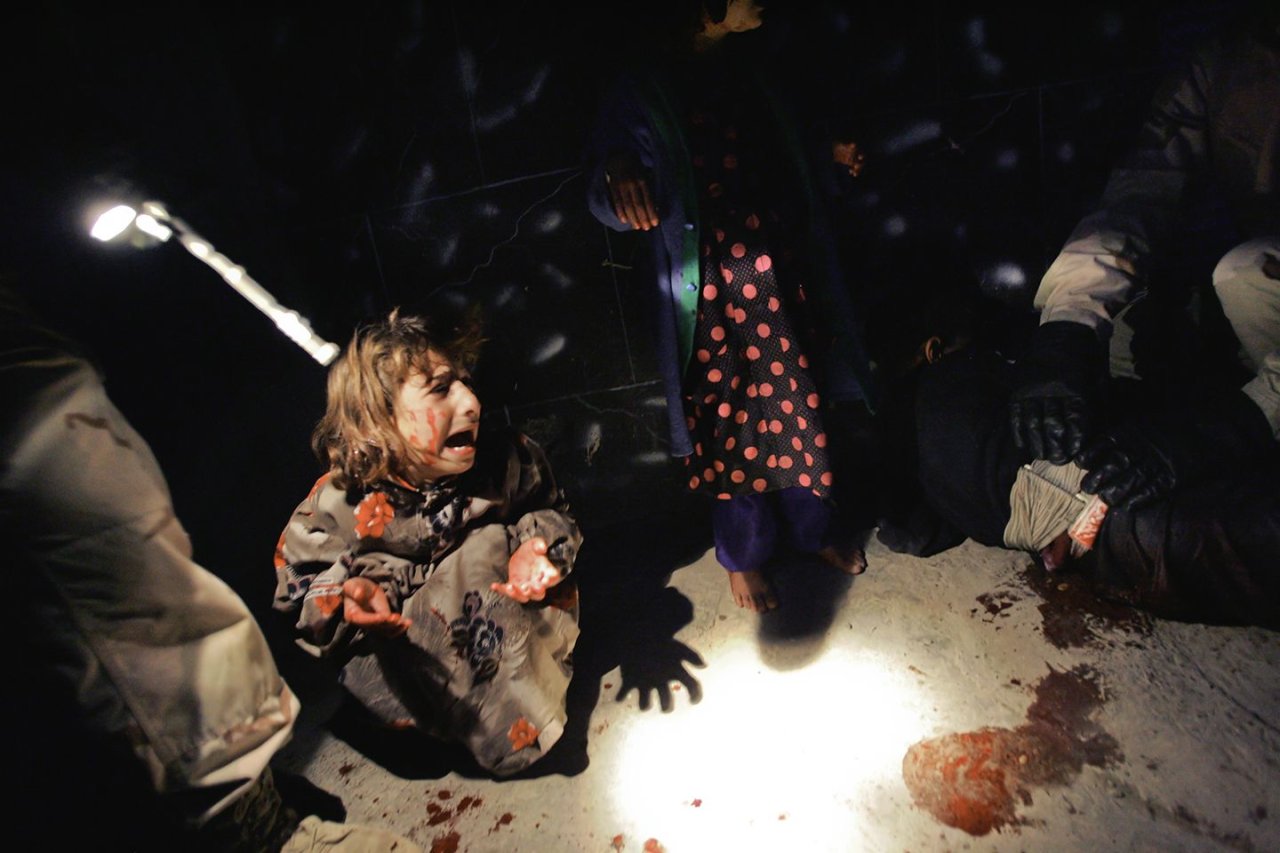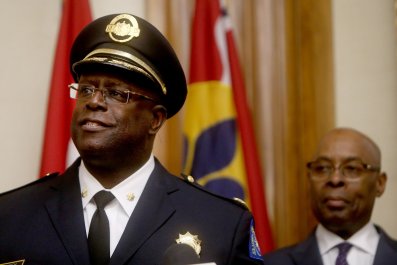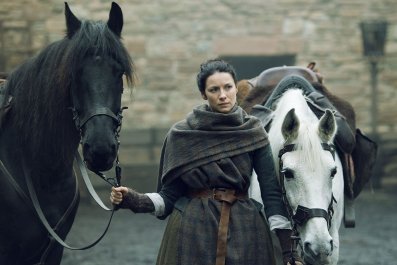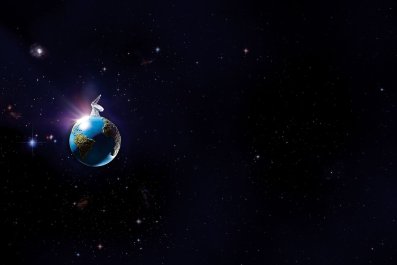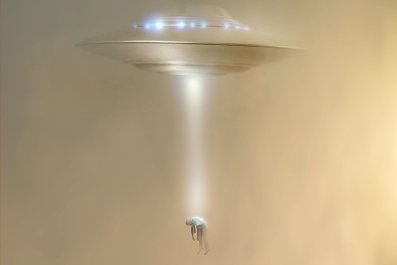A young Iraqi girl screams. She's splattered in blood—the blood of her family, whom U.S. troops have just killed, mistakenly thinking they were suicide bombers. She is 5 years old.
The photograph, taken in early 2005 in Tal Afar, Iraq, is one of the most chilling—and grimly iconic—images from the Iraq War. Dozens of news outlets, including Newsweek, picked it up. Such horrific incidents were common but rarely documented on camera; few photos captured the residual carnage of the war with such startling clarity. The young girl's story would never have been told if not for Chris Hondros, the late photojournalist who captured the image.
A war photographer from North Carolina, Hondros was prolific and fearless. He returned to Iraq frequently, seeking out the stories that needed to be told, long after most of the mainstream media had moved on. His story and life's work are the subject of a new documentary, Hondros, by journalist-turned-filmmaker Greg Campbell.
The film traces Hondros's career, which resembles a list of major global conflicts from the last two decades: Kosovo, Angola, Sierra Leone, Liberia. After the September 11 attacks, he covered Ground Zero, then caught a plane to Pakistan. Within a few months, he was embedded with anti-Taliban forces in Afghanistan. But he was perhaps best known for his extensive work during the Iraq War. "Most people went to Iraq in 2003, and that was it—the war was over," a former colleague recalls on screen. "Chris went back every single year, patrol after patrol after patrol."
Conflict photography is dangerous. But the stakes have risen since 9/11, when suddenly journalists became targets. And since photographers aim to capture the faces of war, they are as close to the action as the soldiers and victims they are covering. One of Hondros's most famous images, from 2003, was of a Liberian soldier leaping through the air after unloading a grenade launcher. "He had a way of finding a sense of humanity in the things that he witnessed," says Campbell, who became friends with Hondros in high school. "He had this ability to find the story in a single frame without even needing a caption to explain what happened or the anguish being conveyed."
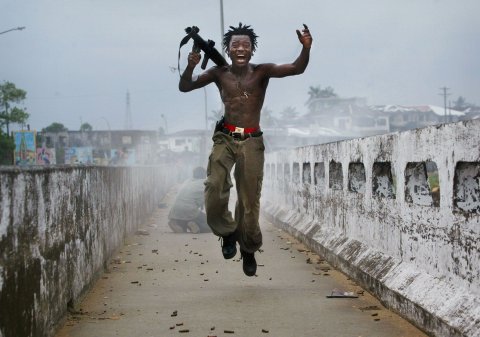
On April 20, 2011, Hondros, then 41, was killed in a mortar attack while on assignment in Misrata, Libya. (His friend, fellow conflict photographer Tim Hetherington, was also killed in the same attack.) In the documentary, Hondros' mother says she often urged him to be careful. "He had a dangerous job," she says. "I'm still a little bit mad that he had to go. But I always say he did more living in 41 years than some when they're 100 years old."
After a year of grieving, Campbell decided to make a film honoring his friend. He was able to obtain crucial footage of Hondros at work in various war zones. And unexpectedly, he convinced Jamie Lee Curtis and Jake Gyllenhaal to join the project as executive producers. It was fortuitous: Campbell's team reached out to the New York Times's Baghdad bureau while trying to track down the girl from the Tal Afar photo. "The guy who answered the phone was like, 'Well, you might check with Jamie Lee Curtis, who might be able to help you,'" Campbell says. "We thought we weren't hearing him correctly. As it turns out, she was really affected by the photograph that Chris took."
Curtis, a photographer herself, agreed to produce the film. "She held our hand when we needed it held. She kicked us in the butt when we needed that to be done. And she is godmother to Jake Gyllenhaal and introduced Jake to the project." (The Tal Afar girl, Samar Hassan, is now 18. In one of the film's most moving scenes, she appears on camera to talk about the moment Hondros captured.)
Hondros has been gone nearly seven years, but his photography continues to articulate the horrors of war. "The work that Chris did was absolutely critical to our understanding of the world around us," Campbell says. And, he adds, it's perhaps even more important at a time "when our profession is being called into question from the highest offices in the country. Dedication to the truth and truth in imagery is more important than ever."



